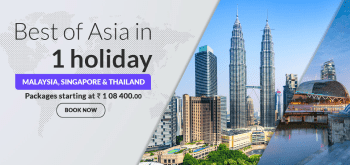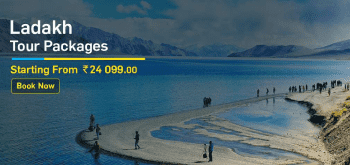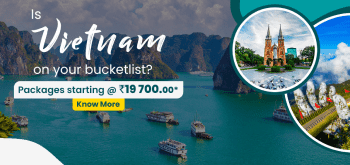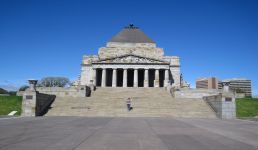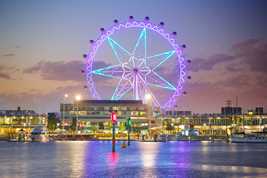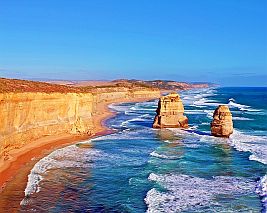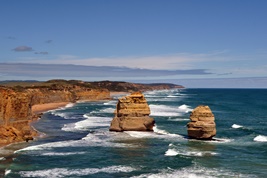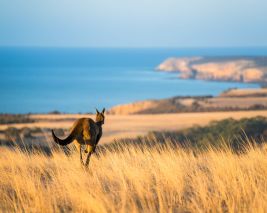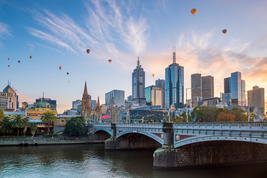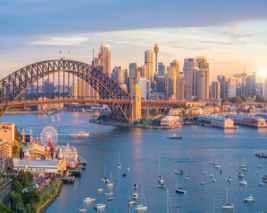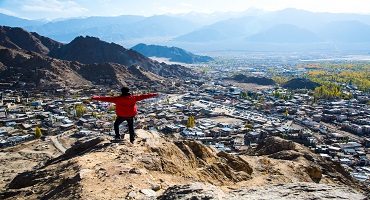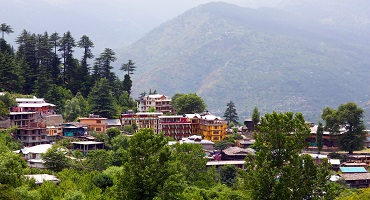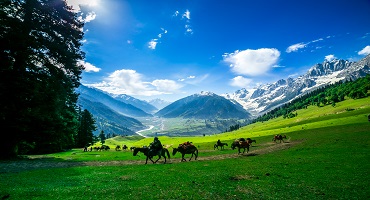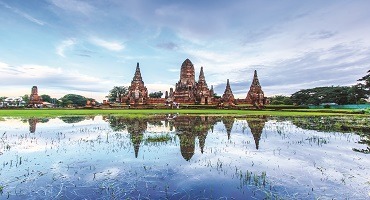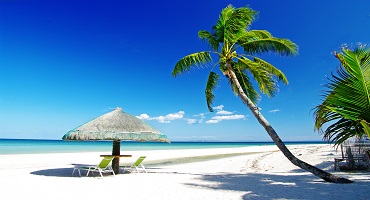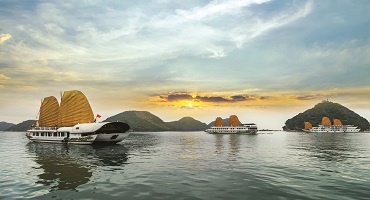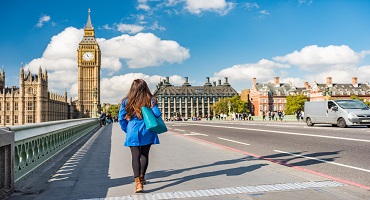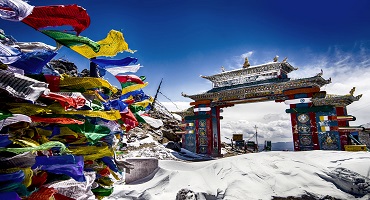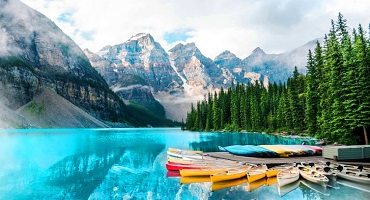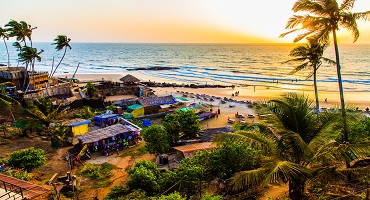The second most liveable city in the world has a fascinating timeline of seasons. Since Australia is located in the Southern Hemisphere, its seasons are opposite from that of North America and Europe. Which means its summers are in December and its winters are in June. Furthermore, its climate is continuously changing and can be described as temperamental. Which is why certain precautions must be taken by all tourists, which include dressing in layers, wearing wind and waterproof clothing and applying sunscreen.
Coming back to the cultural oasis that is Melbourne, the periods of summer, autumn, winter and spring have their own sets of merits as well as faults. As such, the best time to visit Melbourne will largely depend on each individual’s requirements and their constraints. Although, we would vouch for certain seasons over others.
Take a look at this information packet that we have put together. Once you’re aware of each season and what to expect about temperature and things to do, you can decide on the best for you. And if you’re confused, be sure that Thomas Cook is there to guide you.
Peak Season:December to March
Shoulder Season: September to November and March to May
Low Season: June to August
|
Travel Seasons
|
Average Temperature
|
Season
|
|
March to May
|
8.6-23.9°C
|
Autumn - Cool with light winds
|
|
June to August
|
6-15°C
|
Winter - Cold and foggy
|
|
September to November
|
10.3-24°C
|
Spring - Wet and rainy
|
|
December to February
|
12.9-25.8°C
|
Summer - Dry with occasional hot spells
|
Melbourne in Autumn (March to May)
Temperature: The air temperature during autumn fluctuates between 8.6 °C and 23.9 °C.
Weather:Melbourne during autumn can only be described as dreamlike. The morning fog clears, to welcome sunshine during the day. The air is fresh and crisp, endowed with light winds. The leaves take on brilliant red-gold colour and cover the landscapes with immense beauty. Autum is the Ideal time for those who seek cool and pleasant weather.
Significance: Melbourne fall is simply breathtaking. The natural foliage is hard to ignore as it blankets every nook and corner. Alfred Nicholas Gardens, Gardens of Glenlyon, Tieve Tara, The Valley of Liquidambers, Cloudehill and Maroondah Reservoir Park are some of the best places to enjoy the vibrant autumn leaves in. During this time, one can enjoy the lovely festivals and dig into gorgeous dishes created with local produce.
Why you should visit now: Autumn is blessed with fewer tourists and significantly better weather. One must take advantage of the remaining beachy days and all the outdoor fun before winter creeps in. Plus, the fall leaves are something to witness!
Things to know before the visit: Melbourne weather is diverse and unpredictable. So, be prepared for warm days along with cold and rainy days too. As this is the in-between shoulder season, prices will be more affordable.
Tips: Pack a warm jacket and rainwear. Don’t forget to strap on the sunblock, no matter the season!
Melbourne in Winter (June to August)
Temperature:The air temperature during winter fluctuates between 6°C and 15°C.
Weather: Melbourne winters are cold and cloudy, interspersed with strong winds and the occasional shower. During this time, the atmosphere is cloaked with an enchanting frost. Snowfall occurs in north-east Victoria, in High Country. Winter is the best season to visit Melbourne in, for all those who love glacial weather.
Significance:The weather of Melbourne in winter allows for a range of exceptional activities, events and adventure sports. From ice skating to skiing, food and wine festivals to winter night markets, jazz shows and igloo dining, the city has tons in store for a magnificent winter gala! And what’s truly special is the tradition of Christmas in July.
Why you should visit now: Melbourne winters are synonymous with its mulled wine, hot chocolate and eggnog that can be savoured in cosy pubs and cafes. This season is ablaze with magic and wonder, that you should not miss out on! Skiers and snowboarders can hit the slopes at Hotham, Mount Buller and Falls Creek. Plus, you can optimise on the exciting winter sales that are true to Melbourne’s thriving CBD.
Things to know before the visit: Melbourne winters can get particularly severe, as it occasionally falls below 5 degrees. As tourism is at its lowest, accommodation and tour prices, tend to be friendlier. Don’t be fooled by the gloomy climate; it’s as important to wear sunblock in the winter as it is in the summer.
Tips: Dress in layers, to protect yourself from the chill. If it gets warmer, you can always take off a layer. Make sure you have a scarf, beany, gloves and boots for when it gets extremely cold. Strap on the sunblock and carry a windproof jacket.
Melbourne in Spring (September to November)
Temperature: The air temperature during spring fluctuates between 10.3°C and 24°C.
Weather: The weather of spring in Melbourne is the most variable and inconsistent in comparison to the other seasons. In-fact it can suddenly change from sunny and calm to cold and windy, in a single day. With that being said, the atmosphere is pleasant and comfortable.
Significance: There is so much to see and experience during this animated season. Spring brings with it a repertoire of exciting events such as the Tesselaar Tulip Festival, Melbourne Fringe Festival and Spring Racing Carnival. Spring is also a great time to explore the city because of its world-famous food and art scene!
Why you should visit now: Although summer is unparalleled, spring is a particularly lovely time to navigate the quirky and multi-cultural city! One can enjoy the cool weather and all its perks before the dry heat begins to settle in. Barbequing and picnicking are especially lovely this time of your year.
Things to know before the visit: October is the wettest month, so be prepared for the rain to change itineraries. If you’re looking to head to wineries and parks, this month may not be the best time to visit Melbourne in!
Tips: Check the weather forecast before planning your outdoor excursions. You wouldn’t want the rain to dampen your plans or spirits! Your clothing should take into account the unpredictability of the weather, so be prepared.
Melbourne in Summer (December to February)
Temperature: The air temperature during summer fluctuates between 12.9°C and 25.8°C, although there are days when the temperature reaches the 30 – 40°C range. The average sea temperature during this time is 17.4 - 18.8°C.
Weather: Melbourne summers are usually warm and constitute of dry heat. During this period, body moisture is quick to evaporate, leaving one feeling dehydrated and worn out. Although this can be uncomfortable for some, this season is still the best climate to visit Melbourne in as you can explore the city and all its wonders.
Significance: Summers in this cultural hub is simply delightful. From the glistening beaches, boardwalks and promenades to the bustling night markets, festivals, shows and street parades, Melbourne comes to life between December and February. The landscapes are littered with Christmas lights and the shop displays are truly magical.
Why you should visit now: December experiences the longest hours of daylight, with sunrise at 6am and sunset at 8:45pm. As such, this is the perfect time to wander through the graffiti lined streets, take in the beautiful cityscape, shop, eat and sightsee. One can take advantage of these long days and partake in Christmas and New Year cheer that is reflected in the enchanting décor.
Things to know before the visit: Summer is peak tourist season because of the amicable weather conditions. School and university students are on vacation during this time. As such, prices of accommodation and tours will be higher. Although the days are warm, be prepared for chilly evenings and the occasional pitter-patter.
Tips: Make sure to use SPF 30+ sunblock every day as you don’t want your skin to burn. And burn it will, as Australian ozone protection is weak. Check the UV index in local weather reports to be aware of the daily solar UV radiation intensity. Wear light and airy clothes, but don’t forget to carry a warm jacket too! Umbrellas and gumboots are welcome, as showers can greet you at any time.





